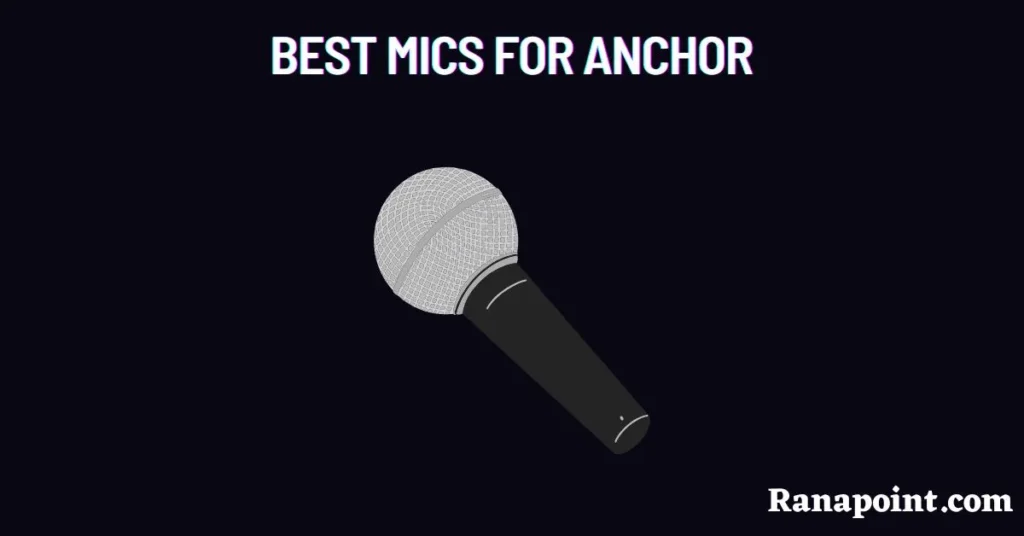Finding the right mic as an anchor isn’t just about sound. It’s about how natural you feel when using it, how clearly your voice carries, and whether it fits into your workflow without making things harder.
I’ve been helping with content and tech setups at work, and this question keeps coming up: “Which mic should I buy for anchoring?” So, I thought I’d just write what I personally recommend, based on real experience, not sponsored links or exaggerated promises.
Table of Contents
What to Look For
If you’re anchoring news, hosting interviews, or recording content for the web, the mic you choose needs to pick up your voice clearly, cut background noise, and be comfortable enough that you forget you’re wearing or holding it.
From what I’ve used and seen in our team, here’s what matters:
- Good voice clarity (no harsh highs, no muddy lows)
- Directional pickup (so it ignores background noise)
- Easy setup (USB or XLR depending on your setup)
- Solid build (you don’t want it falling apart mid-shoot)
Here are the Best Mics for Anchor

1. Rode Wireless GO II – Best for Mobility
This one is ideal if you move around while speaking. Maybe you’re reporting from outside or walking during a shoot. The sound is clean, and it works wirelessly, which keeps things simple.
It’s small, you can clip it onto your collar, and it doesn’t need much setup. Battery life is decent too. Just plug the receiver into your camera or phone and you’re ready.
I’ve seen this used on shoots for web shows, and it holds up even in noisy places.
2. Shure SM7B – Best for Studio Anchoring
This mic is serious. If you’re sitting at a desk and speaking into the camera, this one brings studio-level quality. It’s what many podcasters and YouTubers use, and for good reason.
The only thing is, it needs an audio interface (like the Focusrite Scarlett) and a boom arm. So, if you’re just starting out, it might feel a bit much. But if quality is your top concern, this one won’t let you down.
3. Blue Yeti – Best for Beginners
If you’re new and just want something simple that sounds better than a phone or laptop mic, the Blue Yeti works. It connects via USB, has good clarity, and doesn’t need any extras.
It’s not the most portable, and it picks up more room noise than the others above, but it’s a good start. Great for remote interviews or anchoring from home.
4. Lavalier Mics (Wired) – Best Budget Option
If you’re on a tight budget, a wired lavalier mic like the Boya BY-M1 works fine. It clips to your shirt and connects to a phone or camera. Sound is decent, and it keeps your hands free.
Just make sure you test the cable length before shoots, it’s long but can get tangled.
Final Thoughts
Choosing the best mic depends on where you anchor from, your setup, and what feels easy to use. If you’re doing fast-paced content, go for something light and wireless. If you’re in a studio, focus on sound quality.
Let me know if you’ve tried something that worked better. I’d love to update this based on real feedbac